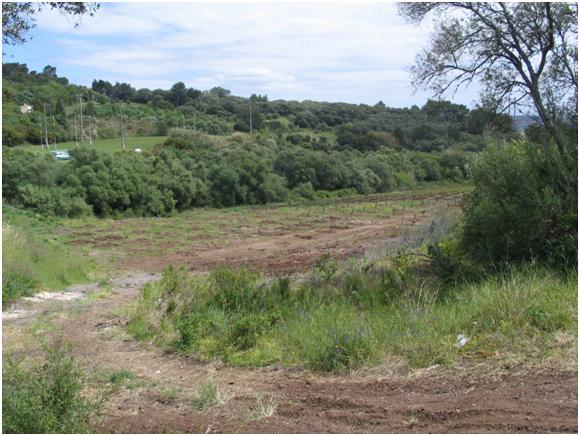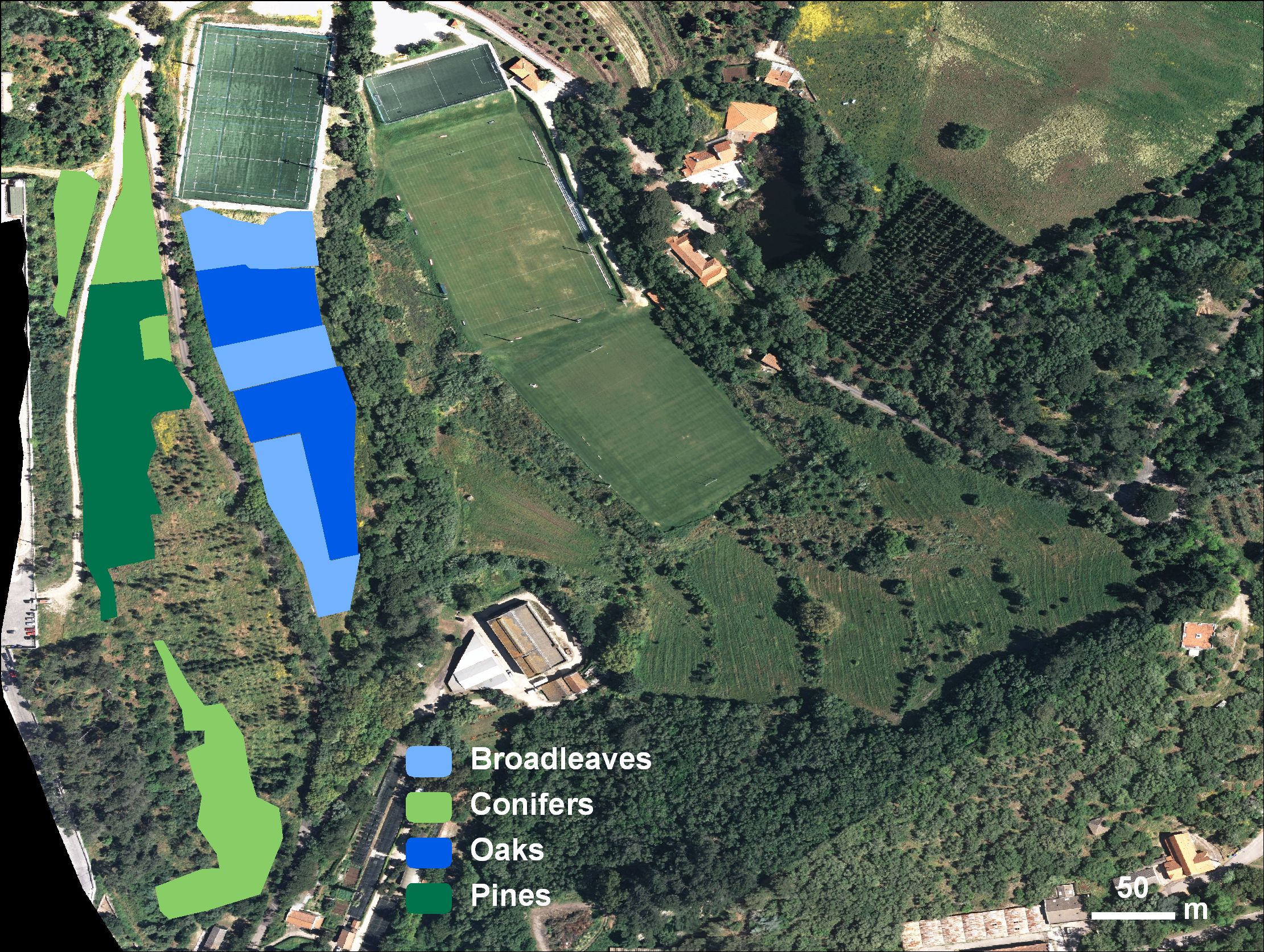Region: Lisboa
Country: Portugal
Website: http://www.isa.utl.pt/cef/ForEcoGen/3_proj_ong.html
Partner in charge of the site: ISA
Responsible name: António Correia
Site characteristics
Altitude (m): 106Topography: middle slope
Orientation: E
Slope (%): 8.0
Hydrology: Site is situated in the Tagus hydrographic basin. The lower part of site is 10-15 m apart from seasonal water course, which flows some 250m along the site margin
South containment: 0
Soil type: LEPTOSOLS
Soil sub-type: vertic
Parent rock: basic to ultrabasic volcanic rocks
PH: 6.7
Soil depth (cm): 60
Climate
Average temperature (°C): 17.5Average precipitation (mm): 826
Number of frost days: 0
Reference period for climatic data: 1960-2012

 copyrigth IEFC network
copyrigth IEFC network